The Boolean abacus is very easy to build. I built mine in a single rainy afternoon, using very simple tools.
The obvious way to obtain the necessary materials is from an ordinary (arithmetic) abacus. For my project, I used an old 27-digit Japanese abacus, which my wife bought at a used-book shop in Kariya, Japan while she was vacationing there. Unfortunately, it did not occur to me to take a picture before I disassembled it. It was somewhat similar to the newer model shown here. However, it was an "old" Japanese style design, with 4 unit-beads and 2 five-beads on each wire --- halfway between the Chinese design (5+2) and the modern Japanese one (4+1), and its shape was a little different.
The frame was made of dense wood, very dark brown (ebony?), finished with a thin layer of black lacquer. The outer frame was build with four 4mm × 20mm strips, with single-tooth dovetailed joints. The the board separating the "ones" from the "fives" was thiner and narrower, about 2.5mm × 15mm. The 27 digit rods were made of polished bamboo, either bare or with a thin transparent lacquer. The beads were made of a dense light-colored wood, with a think black surface varnish. One of the short sides of the frame was missing, but the abacus was still held together by the digit rods and by additional reinforcements near the bottom --- two rods and two flat plates, either ebony or black-painted bamboo.
At first sight, the frame joints, the bottom reinforcements, and some counting rods appeared to be held in place by metal wires or nails, whose exposed ends had been sanded down to be flush with the wood's surface. (Those are the small white dots seen around the top edge of the frame in the photos.) However, the corner "nails" tured out to be merely decorative, since they did not reach the dovetail pin of the other piece. Moreover, they were made of a very soft metal (tin? aluminum?). Even the pins that held the rods barely "bit" onto them. Presumably the manufacturer added those phony pins to dupe the clients, or just to preserve the looks of the traditional construction. On the other hand, the few rods that extended all the way through the frame were set into metal "sleves", whose sanded ends are the white circles seen on the long sides of the frame.
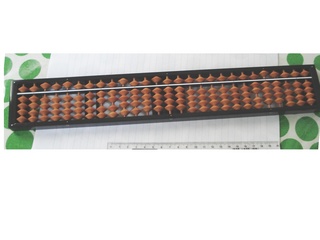

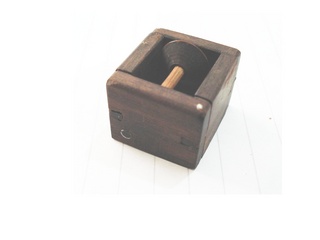
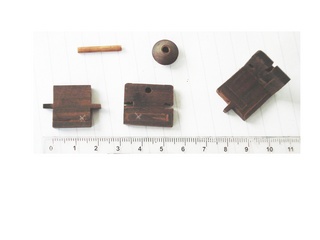
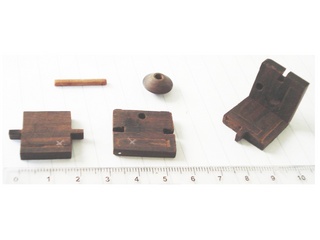
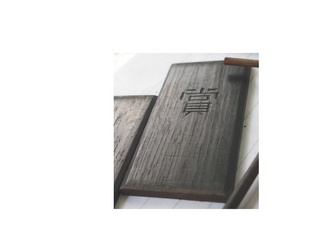
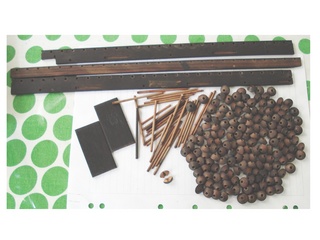
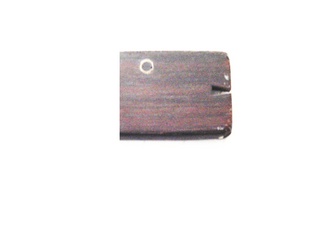
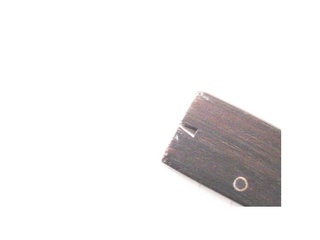
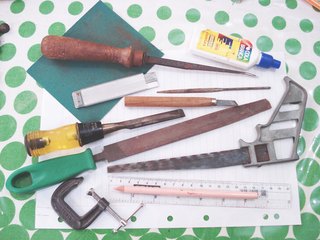
First version written 2006-01-01
Last edited on 2007-01-01 23:14:57 by stolfi